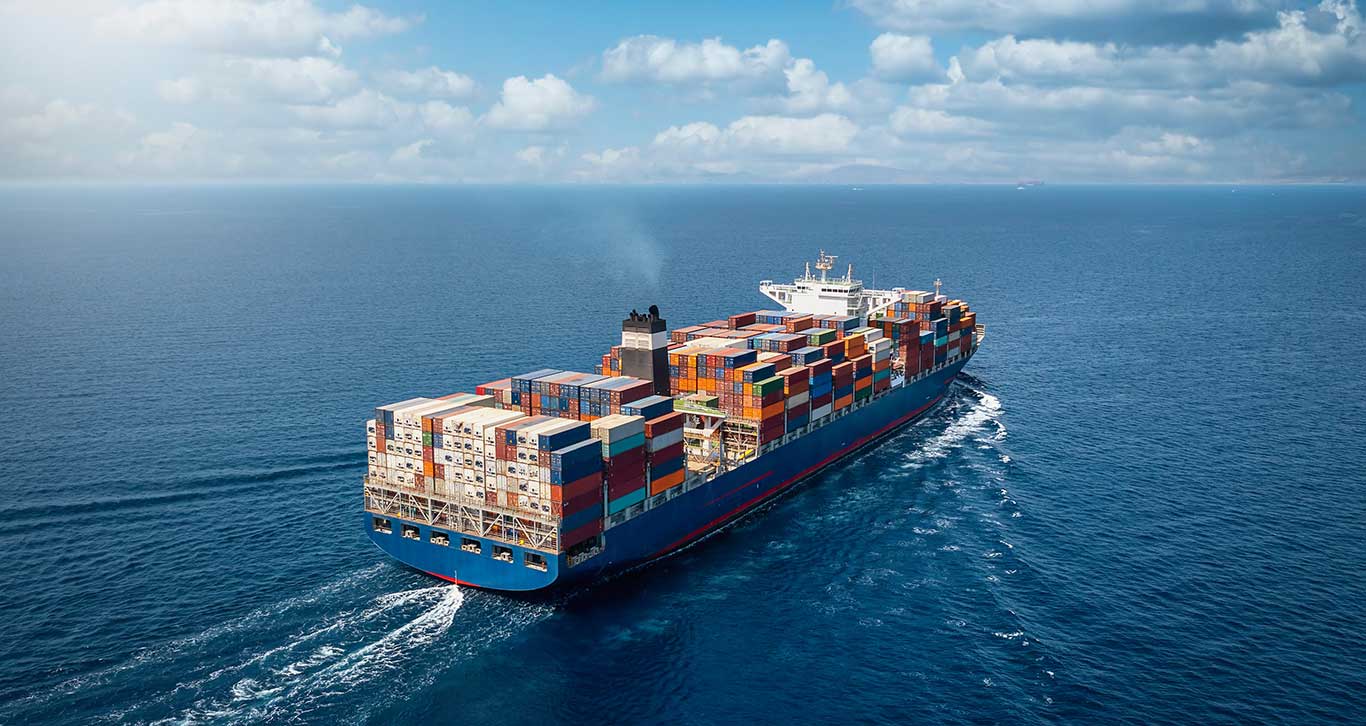

Comprehensive Guide to Cargo Ship Chartering
What is Cargo Ship Chartering?
Cargo ship chartering is the process of renting or leasing a cargo vessel for transporting goods across oceans. It plays a critical role in global trade, enabling companies to move large quantities of products between regions efficiently. Cargo ship chartering allows businesses to meet the specific demands of their logistics without owning a vessel. This method is particularly beneficial for industries such as oil, mining, agriculture, and manufacturing, which rely on timely delivery of bulk goods to maintain operations. The maritime industry heavily depends on cargo ship chartering to streamline these global operations.
Types of Cargo Ships
There are several types of cargo ships used in the chartering industry, each designed to carry specific types of cargo:
- Bulk Carriers: Used for transporting unpackaged bulk goods like grain, coal, and iron ore.
- Container Ships: These ships carry standard shipping containers, making them versatile for various goods.
- Tankers: Designed to transport liquid cargo like oil, chemicals, and liquefied natural gas (LNG).
Each type of vessel is suited to a particular kind of cargo, optimizing safety and efficiency during transport. Understanding the common type of vessel for specific cargo helps businesses choose the best option for their logistics needs.
Charter Types in Cargo Shipping
There are three primary types of charter agreements used in cargo shipping:
- Time Charter: The charterer rents the ship for a set period of time, controlling where the vessel travels while the shipowner remains responsible for the crew and maintenance.
- Pros: Flexibility in operations and control over the vessel.
- Cons: Higher costs due to daily hire rates.
- Example: Commonly used by shipping companies needing a vessel for several weeks to months.
- Voyage Charter: The ship is hired for a single voyage between two specific ports. Payment is typically made per ton of cargo transported.
- Pros: Cost-effective for single shipments.
- Cons: Limited flexibility.
- Example: Often used for transporting bulk goods or commodities. The voyage cost is determined based on the cargo volume and distance traveled.
- Bareboat (Demise) Charter: The charterer takes full control of the vessel, including the crew and management, while the shipowner provides only the ship.
- Pros: Complete control for the charterer.
- Cons: Higher operational burden and costs.
- Example: Ideal for companies with the capability to operate their own vessel. This type of ship charter is less common but provides full autonomy for the charterer.
These charter types offer flexibility for businesses to choose the arrangement that best fits their shipping needs, and the length of the charter period can vary depending on the company’s requirements.
The Chartering Process
The cargo ship chartering process involves several steps. First, companies identify their shipping requirements based on cargo volume, destination, and delivery timelines. A broker is then engaged to find a suitable vessel and negotiate terms with the shipowner. Once both parties agree on the terms, a charter party agreement is signed, detailing the responsibilities of each side, payment terms, and shipping schedules. After the agreement is in place, the cargo is loaded, transported, and delivered as per the agreement.
- Identify Requirements: Define the cargo type, quantity, and destination. Determine whether a full charter or part charter is needed.
- Find a Ship: Use online platforms or charter brokers to locate suitable vessels. Charter brokers provide expertise, market knowledge, and access to a broader range of ships.
- Negotiate Terms: Discuss and agree on essential terms, including freight rates, laytime, demurrage, and cargo specifications. Ensure clarity on responsibilities for loading and unloading.
- Draft and Sign Contracts: Prepare the charter party, detailing all agreed terms. Both parties must review and sign, binding them to the terms.
- Coordinate Logistics: Schedule loading and unloading times. Communicate with port authorities and service providers to ensure smooth operations. Port charges and other expenses should be factored into the budget during this stage.
- Monitor the Shipping Process: Track the vessel throughout its journey, maintaining communication with the crew for updates on arrival and any potential issues.
Key considerations for the chartering process include vessel suitability, fuel costs, regulatory compliance, and potential risks during negotiations.
Key Players in Cargo Ship Chartering
There are three main players in cargo ship chartering:
- Shipowners: They own the vessels and are responsible for maintaining them.
- Charterers: These are the companies or individuals who lease the ship for cargo transport.
- Brokers: Brokers act as intermediaries between shipowners and charterers, facilitating the negotiation and contract signing process.
Each player has a critical role in ensuring the smooth execution of a charter contract, with brokers often managing communications and contract negotiations.
Chartering Costs and Pricing Factors
Several factors influence the cost of chartering a cargo ship:
- Supply and Demand: When shipping demand is high, prices rise due to limited vessel availability.
- Ship Size: Larger vessels generally cost more to charter but can carry more cargo, offering economies of scale.
- Cargo Type: Hazardous or specialized cargo may require specific ships, increasing costs.
- Voyage Distance: Longer voyages typically incur higher costs due to fuel, crew wages, and time at sea.
- Port Charges: Port fees and other operational costs at ports are additional expenses that charterers need to account for.
Understanding these factors helps businesses manage their shipping budgets and optimize their chartering strategies.
Legal Considerations in Cargo Ship Chartering
Legal aspects of cargo ship chartering primarily revolve around the charter party agreement, which outlines the rights and obligations of both the shipowner and the charterer. This contract includes clauses covering payment terms, liabilities for cargo damage, and conditions for resolving disputes. Legal disputes in chartering can arise from issues such as late delivery, cargo loss, or vessel breakdowns. To mitigate these risks, it is essential to have clear, well-drafted contracts and understand the relevant maritime laws that govern charter agreements.
Risks in Cargo Ship Chartering and How to Mitigate Them
Cargo ship chartering involves various risks, including:
- Weather Delays: Bad weather can cause delays, increasing costs and disrupting schedules.
- Cargo Damage: Improper handling or unexpected events can damage cargo, leading to financial losses.
- Operational Delays: Mechanical breakdowns or port congestion can delay the shipment.
To mitigate these risks, businesses often purchase cargo insurance and ensure that they work with reputable shipowners and brokers who follow industry best practices.
Trends in Cargo Ship Chartering
The cargo ship chartering industry is evolving, influenced by technological advancements and environmental regulations. Digitalization has transformed how ships are chartered, with online platforms offering real-time vessel availability and pricing information. Green shipping is another significant trend, driven by stricter environmental regulations imposed by organizations like the International Maritime Organization (IMO). These trends push companies to adopt more efficient and eco-friendly practices, making the chartering process more transparent and sustainable.
How to Choose the Right Cargo Ship for Your Needs
Choosing the right cargo ship depends on several factors:
- Cargo Type: Match the vessel to the specific cargo requirements (e.g., bulk carriers for raw materials).
- Shipping Distance: Long-distance shipments may require larger vessels to reduce costs.
- Budget: Consider both the charter rate and potential additional costs like port fees and fuel.
- Broker Consultation: Engaging a broker with expertise in the cargo type can help in selecting the best vessel.
By evaluating these factors, businesses can select the most cost-effective and efficient vessel for their cargo, ensuring a successful and cost-efficient charter.
Related posts


LNG Tanker Valuation: What Influences the Sale Price?

Buy and Sell Offshore Vessels






